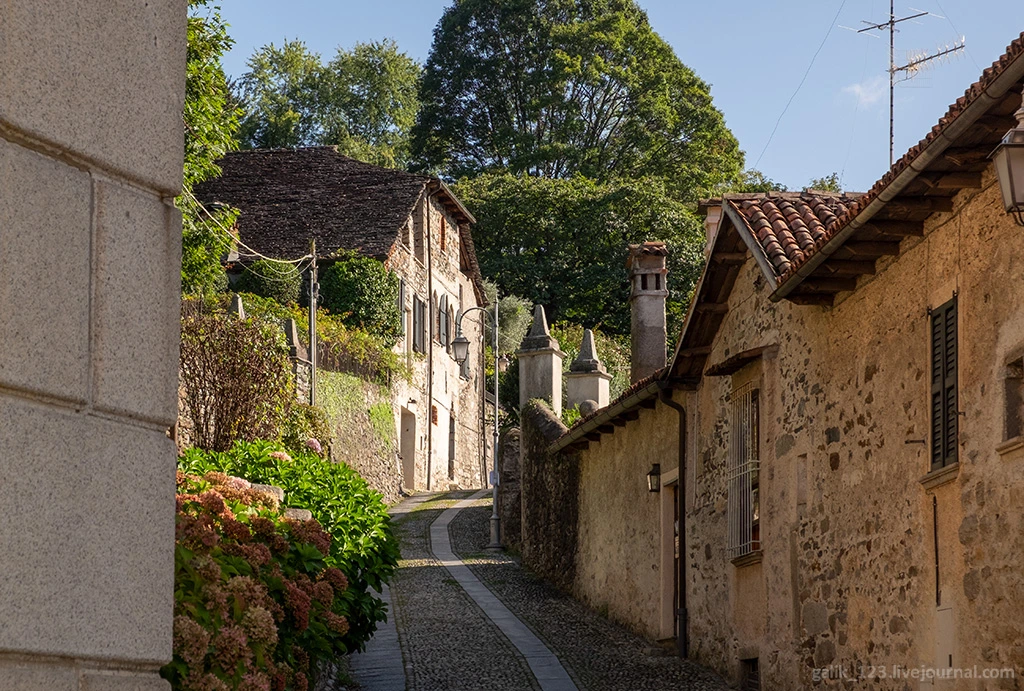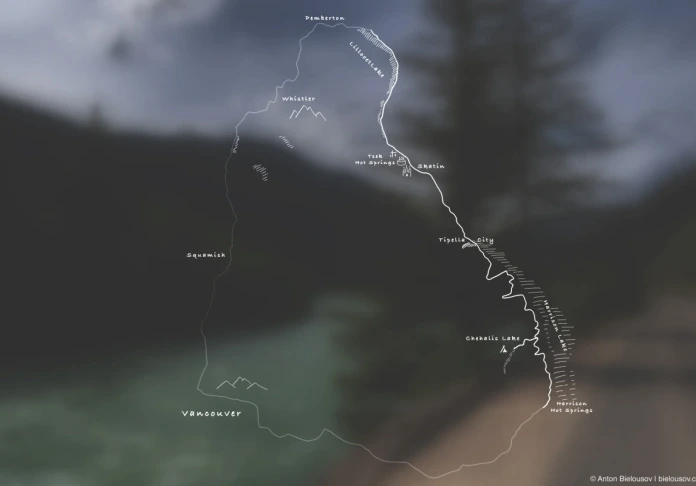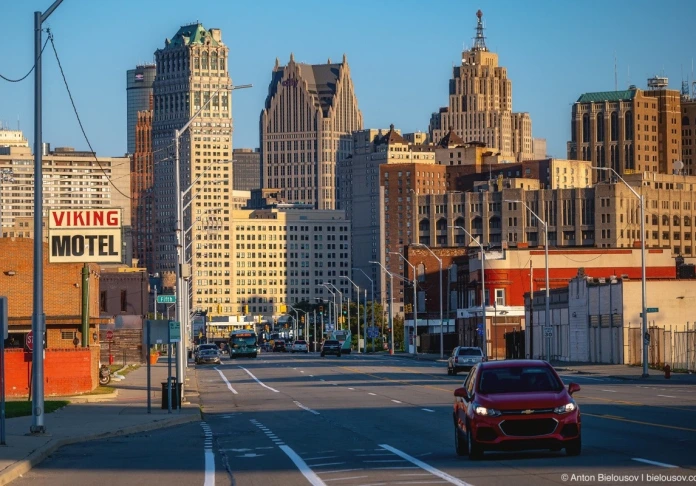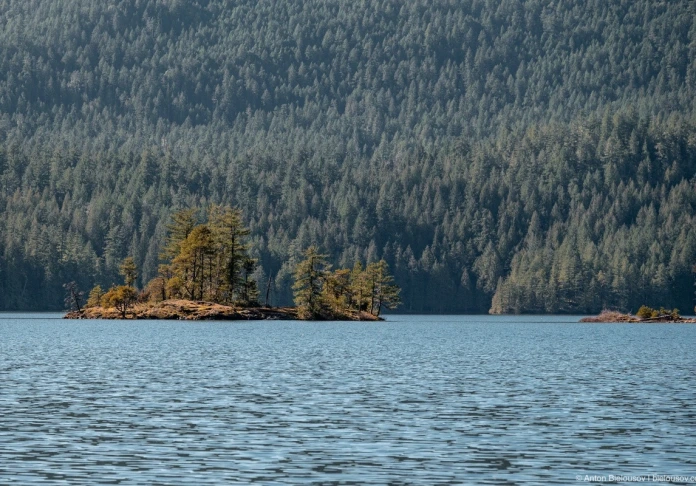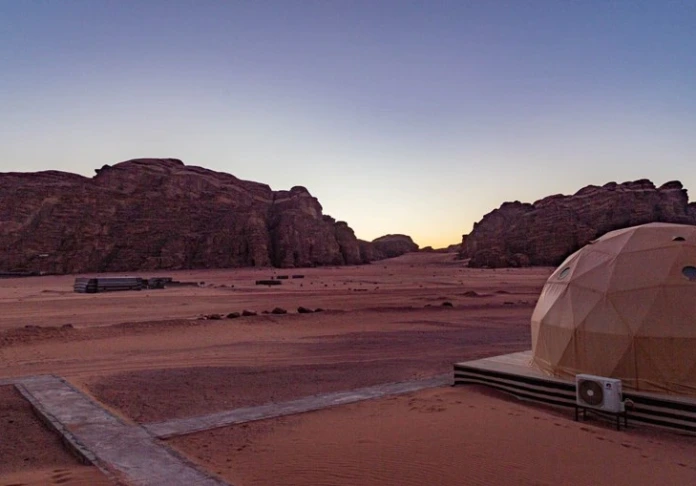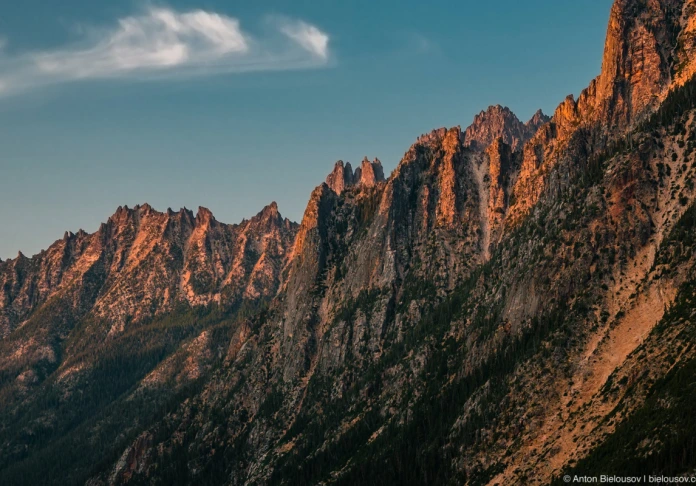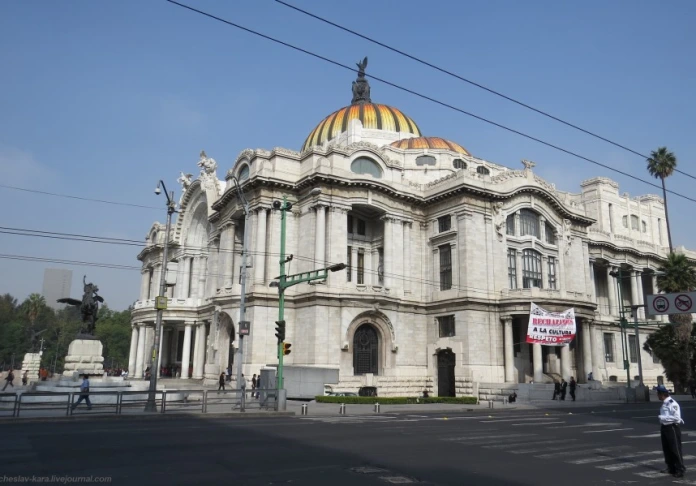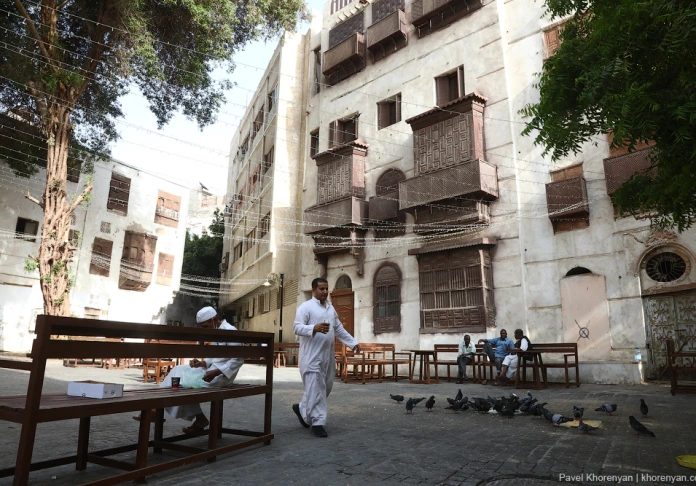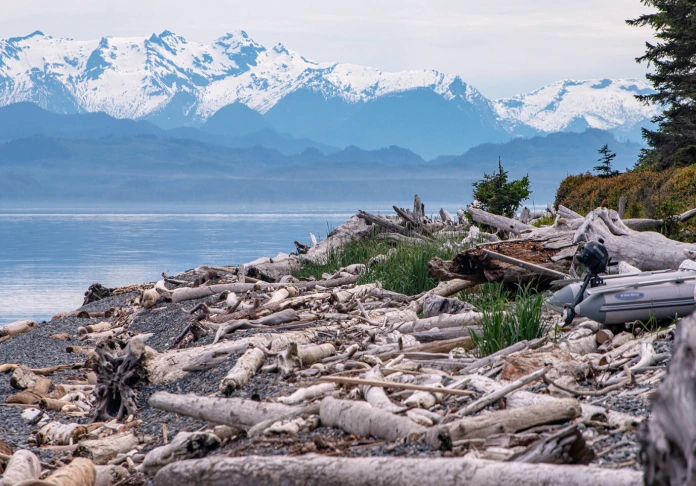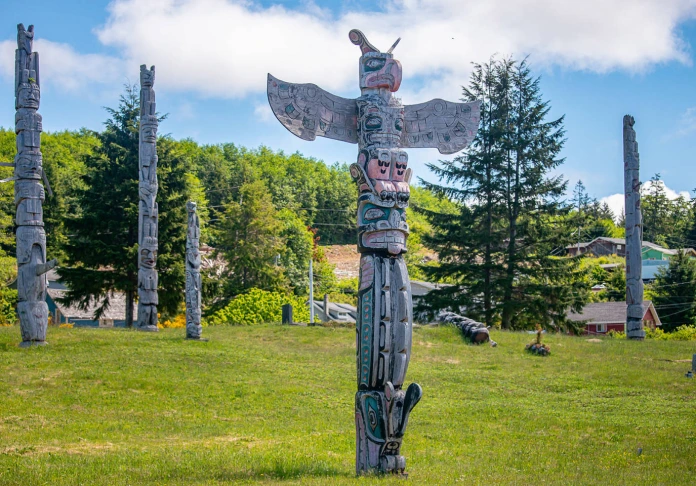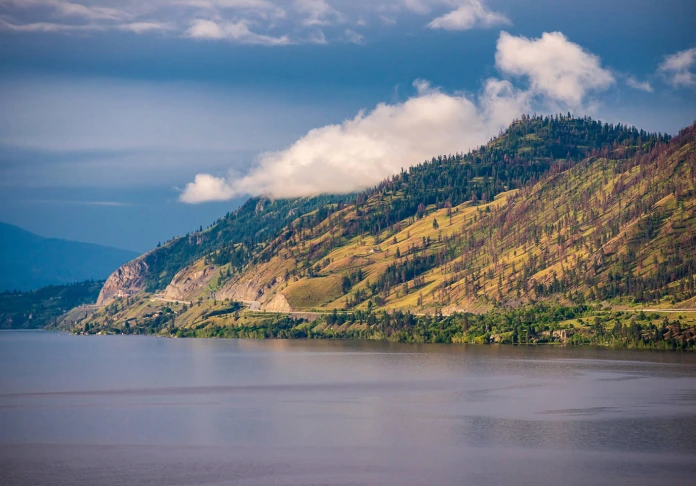Italy
A walk in Horta San Giulio
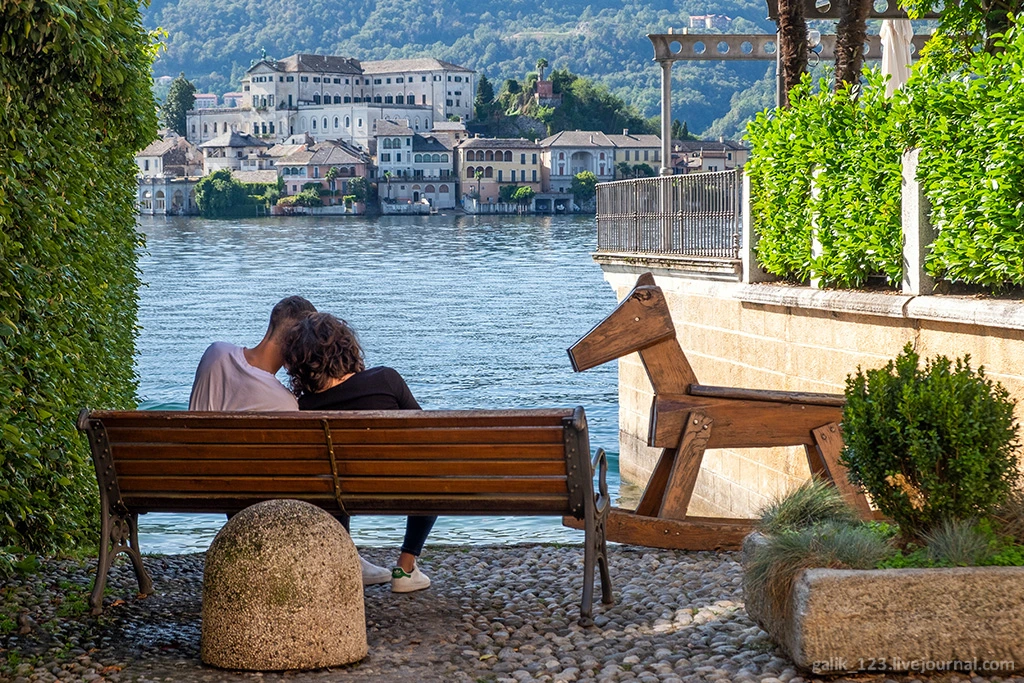
It’s not always that when traveling it’s possible to carry out all the plans, it happens that for various reasons it is necessary to change plans on the spot. So, at the end of September last year, it turned out with a trip from Stresa to Lake Orta. On a half-full sightseeing bus in the afternoon, we drove along the picturesque mountain roads for about an hour, and then went downhill from Villa Crespi along a cobbled street running along the lake. Amazing views of the island of San Giulio and the hilly opposite shore of the lake opened in the alleys.
1. Lake Orta was formed in a fault between the mountains as a result of the descent and melting of glaciers. It has an almost regular oval shape, at the bottom of the lake cold keys beat from under the ground. In the center of the lake is a small island, densely built up with houses and private villas. The island received its name in honor of the Greek St. Julius, in Italian San Giulio, who founded the first church here in the 4th century. According to legend, in ancient times, giant snakes lived in the local waters, which terrified the entire district. Arriving on the island, St. Julius exterminated the snake lair located here and founded a small church. According to tradition, it is believed that it was the hundredth and last church founded by San Giulio, originally from the island of Aegina in Greece. He, along with his brother Giuliano, devoted the last years of his life to the evangelization of Lake Orta.
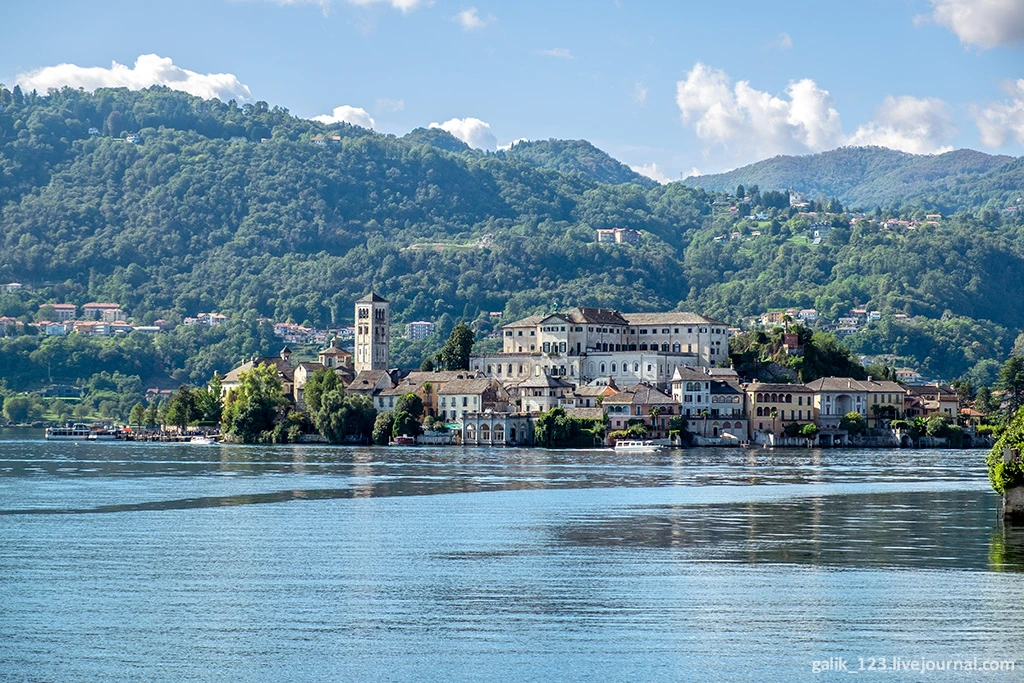
2. Already while we were walking down to the embankment, we felt that in this small town time stopped even in the Middle Ages. And I wanted to slowly wander through its narrow streets, going into small deserted churches, looking into cozy cafes and shops. It became clear that he had to make a choice - either sail to the island, or wander around the city. Time, as usual, was running out.
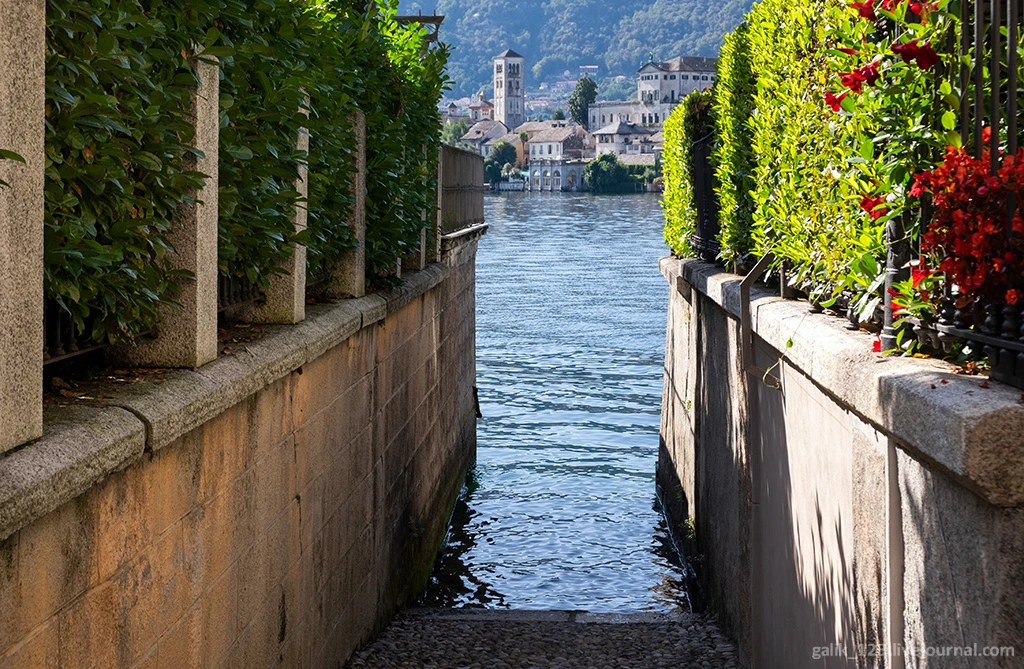
3. And now we were on the embankment - a small marina, several cafes, restaurants, gelateria. The central square of the old town of Piazza Motta also goes here. The sensation, as if we had moved in a time machine, calm and tranquility reigns here.
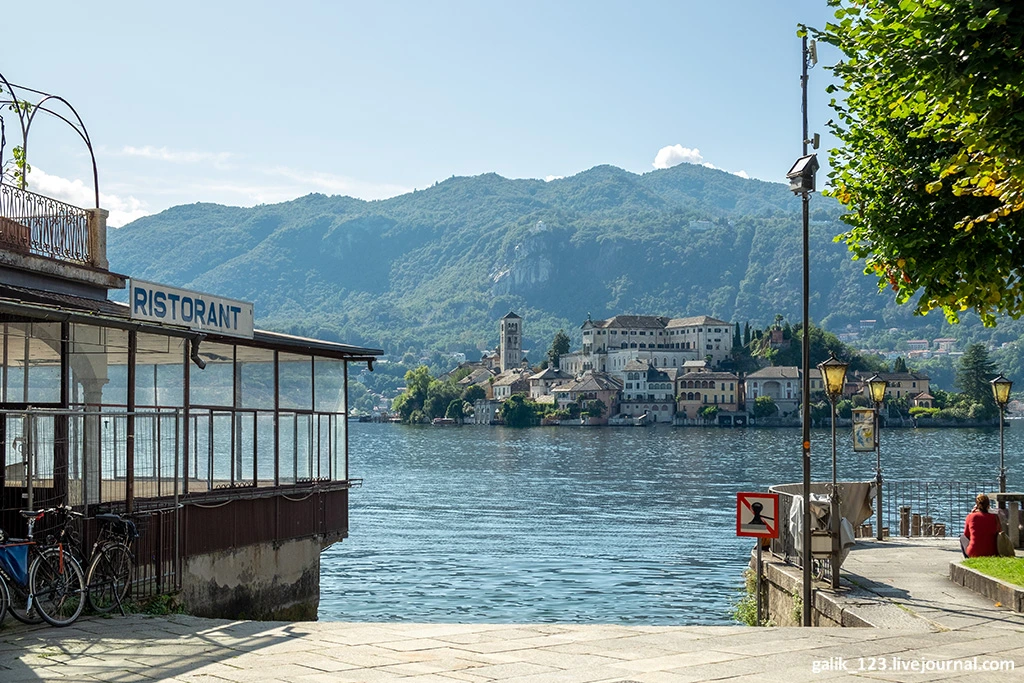
4. The original building with a bell tower harmoniously fits into the architectural image of the square - this is the palace of the Commune, built in 1582,.
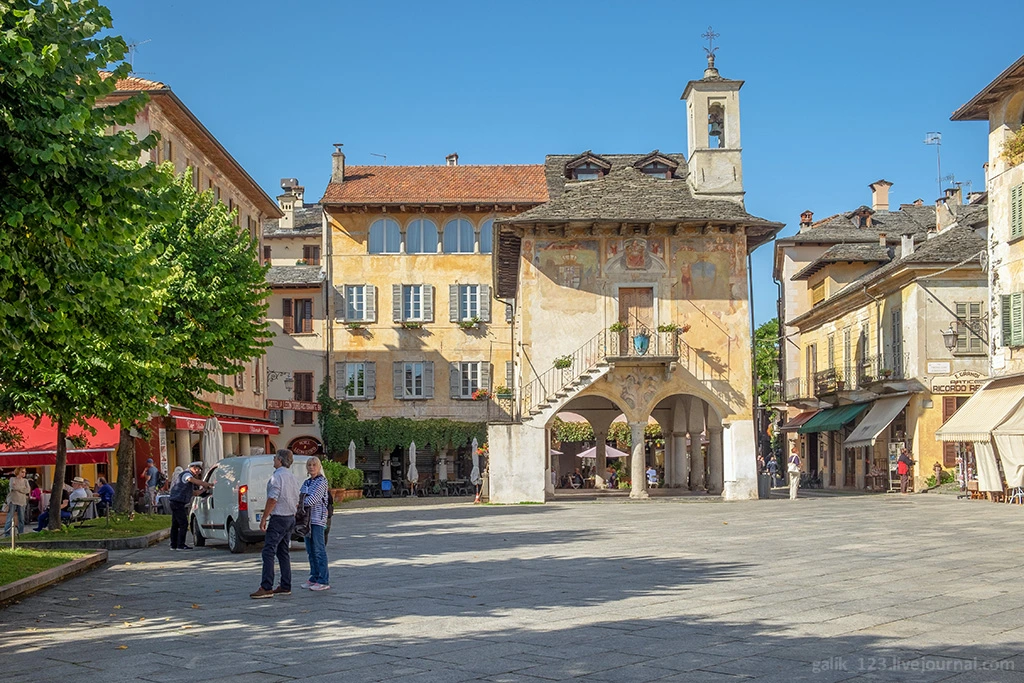
5. The house does not have a ground floor, and the second rests on massive arches decorated with stucco details and relief images. The walls are frescoed on all sides, some of them are decorated with windows. It seems that the restoration is still ongoing inside.
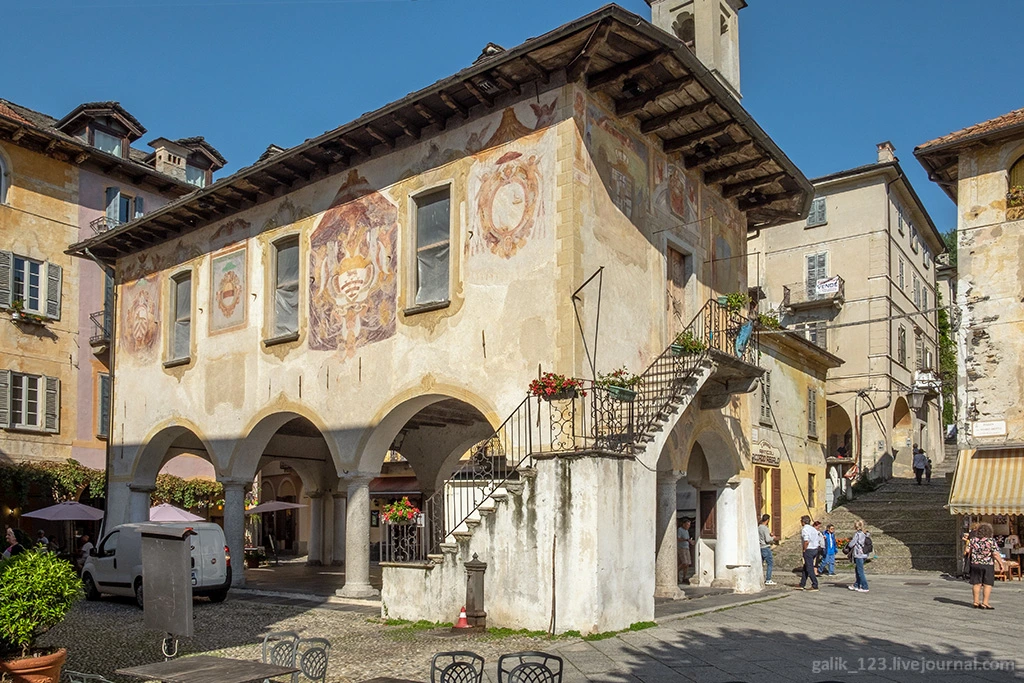
6. All other buildings in the square together form a harmonious ensemble, and everything breathes history and peace.
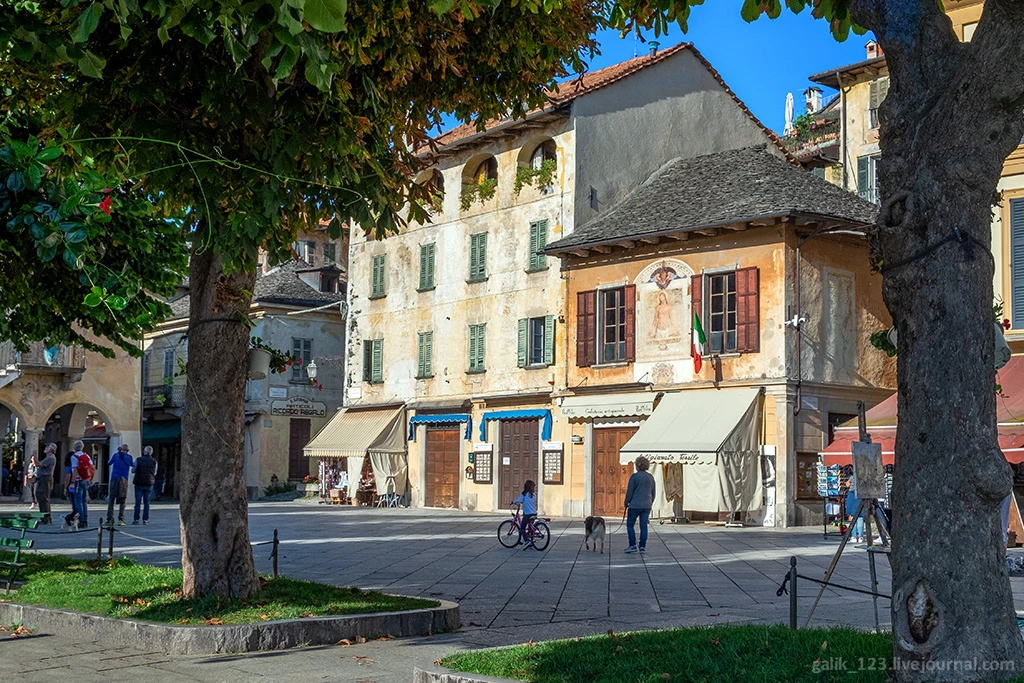
7. A fairly wide cobbled street leads up to the city.
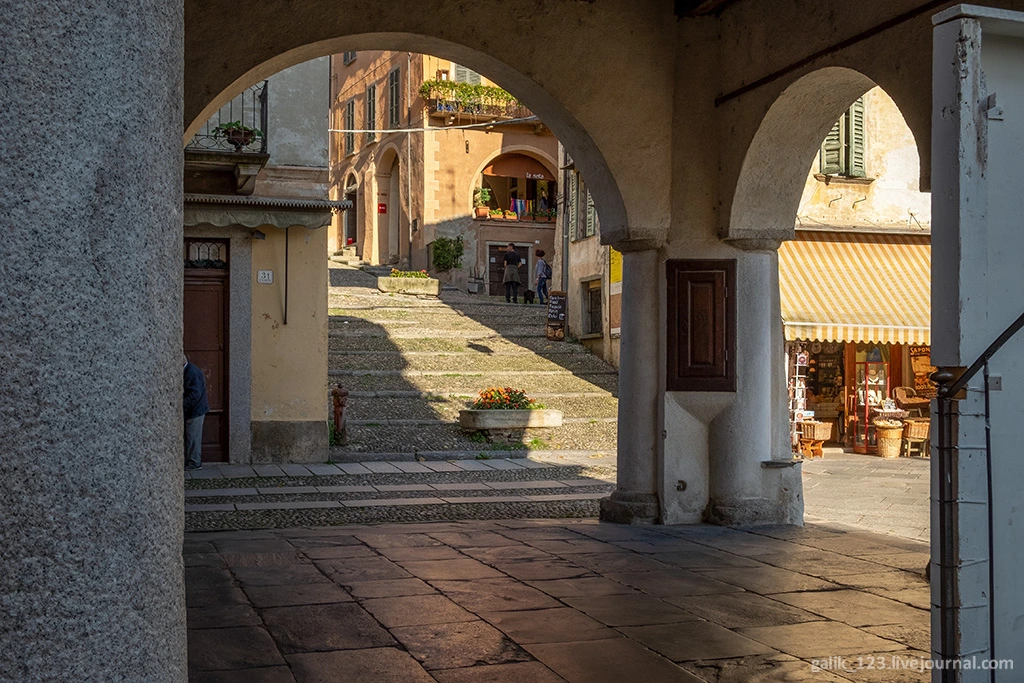
8. Shabby buildings do not spoil the appearance of this square.
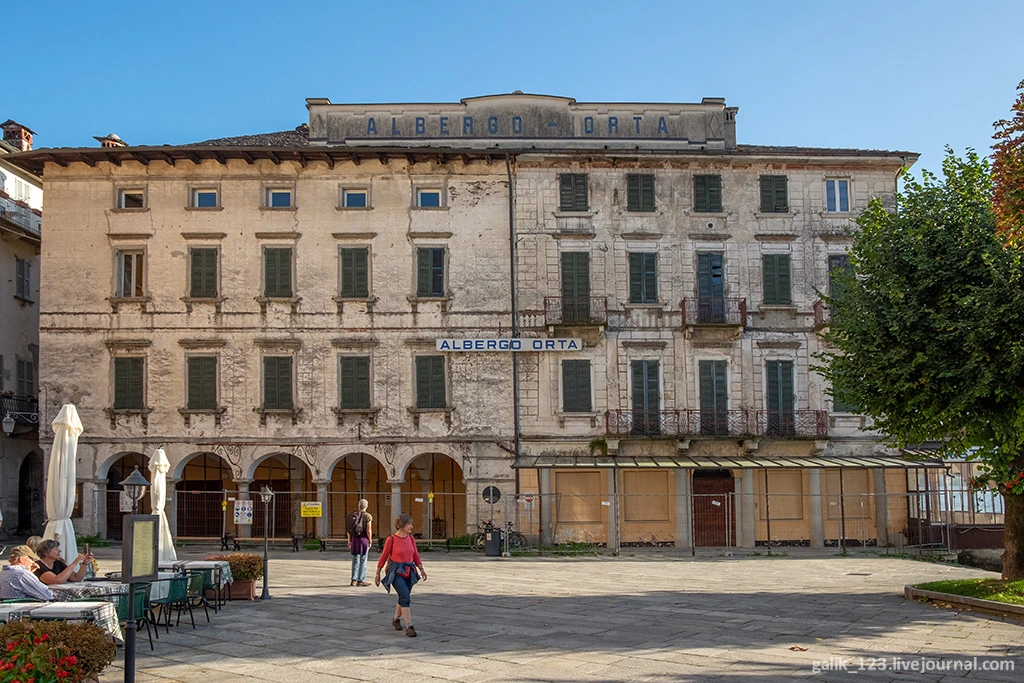
9. You can get to the island in the middle of the lake by a small ferry or boat taxi.
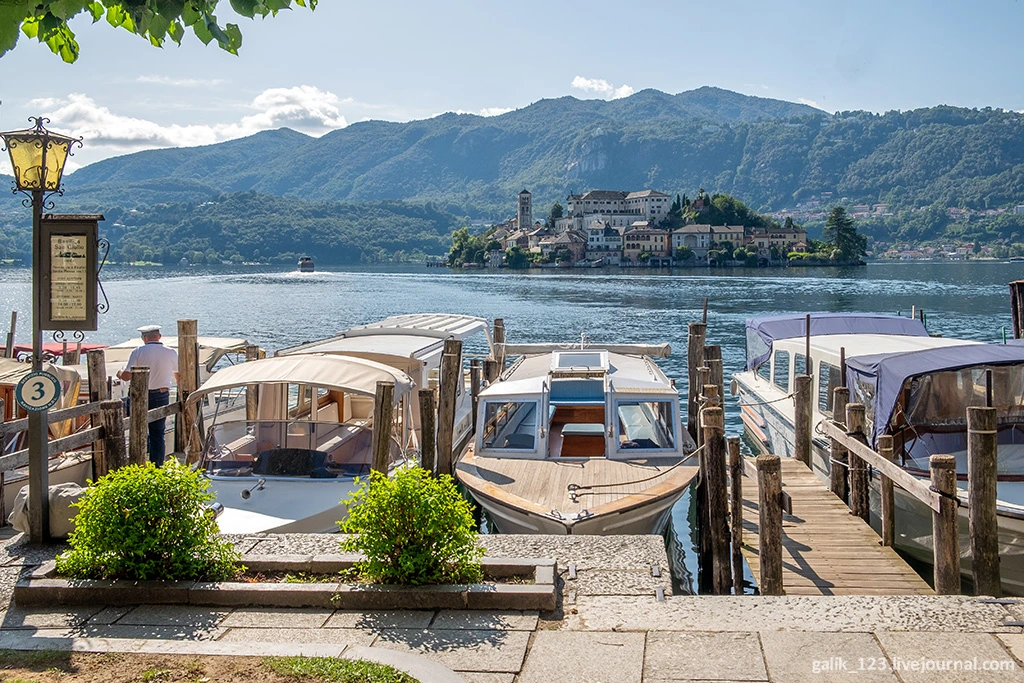
10. Offers from the captains are always enough.
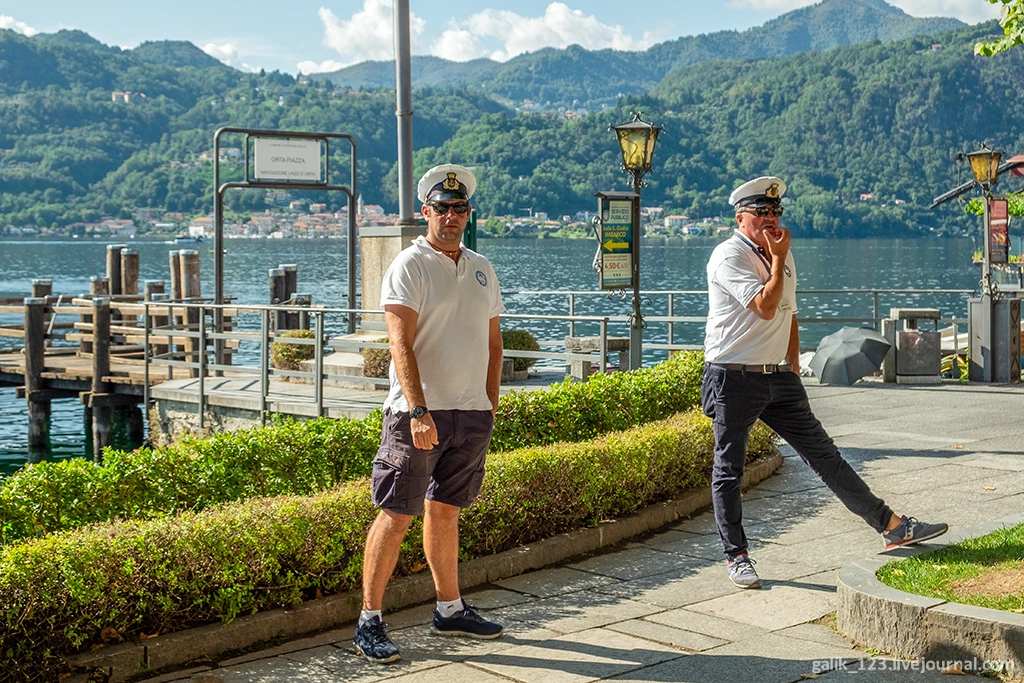
11. But we decided to just wander around the town slowly - the whole atmosphere of this unusual place excluded all haste and vanity.
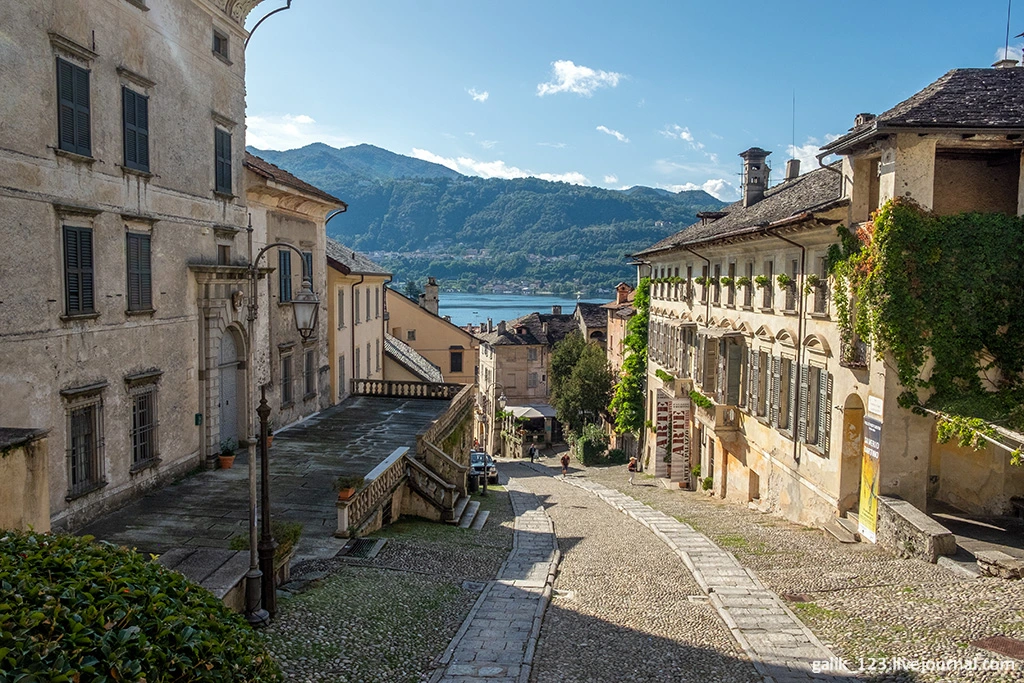
12.
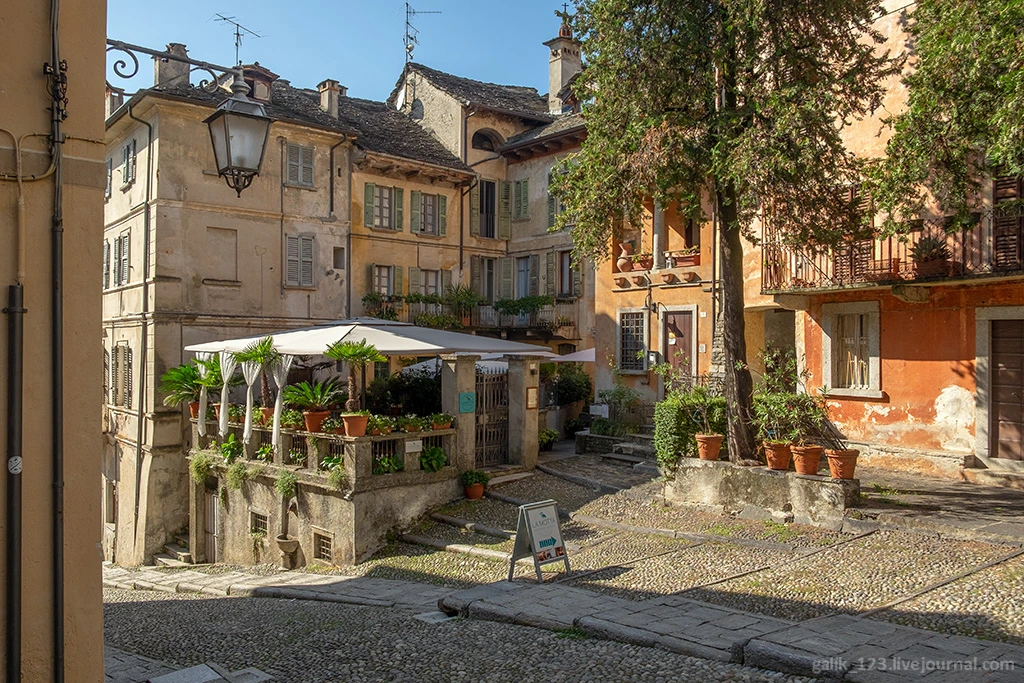
thirteen.
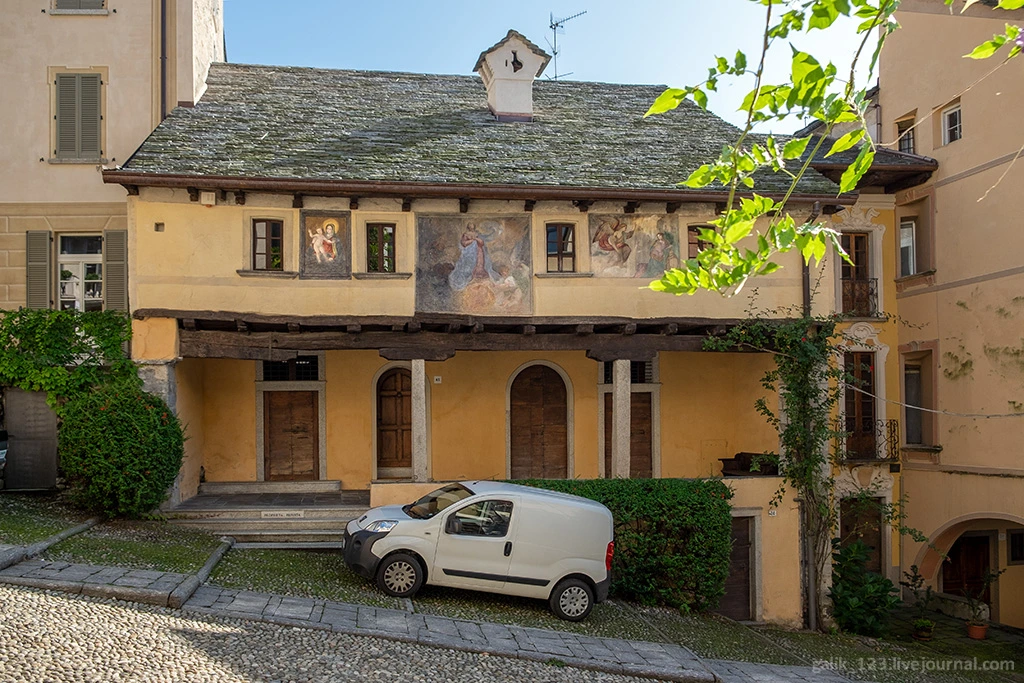
14.
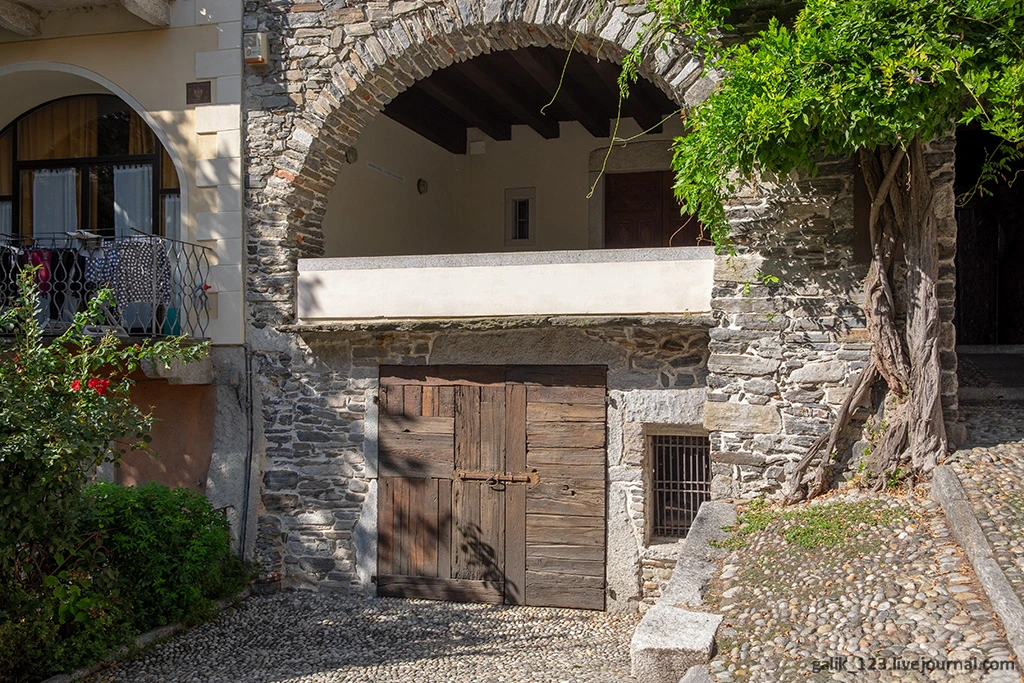
15. Indeed, Lake Horta is a unique place due to its peaceful atmosphere and romantic landscapes. Now it’s hard to imagine that for centuries historical cataclysms have raged here. People settled on the shore of Lake Orta in the Neolithic era, they were replaced by the Celts, after which the Romans came. At the end of the 4th century, two brothers Julius and Julian from the Greek island of Aegina, with the approval of Emperor Theodosius the Great, began to demolish the local pagan structures and build the first churches. With the advent of the Lombards in the VI century, the Duchy of San Giulio was formed here, on the island of the same name, a castle was captured, captured in the 10th century by Otto the Great. In the first half of the 13th century, the settlement passed to the city of Novara, at which it remained until the Savoy transition in the early 19th century and subsequent incorporation into Italy. But now serenity and idyll reigns here ..
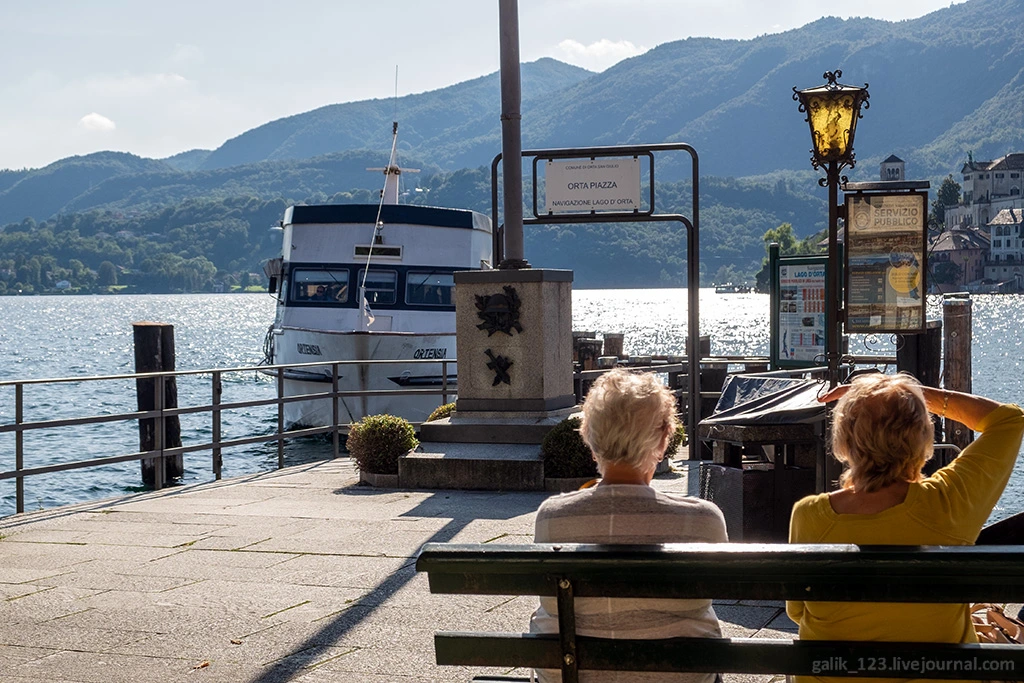
16. A wide stepped street with piazza Motta leads to the church of Santa Maria Assunta with a Romanesque portal, spectacularly rising on a hill. The church, built in the 15th century, was restored in the 18th century. At first, she was dedicated to Madonna della Consolazione (Our Lady of Consolation) in gratitude for getting rid of the plague, and when it was restored it was renamed. To the right of the church is the 16th-century Gemelli palace, and to the left is the neoclassical Penotti Ubertini palace of the 18th century.
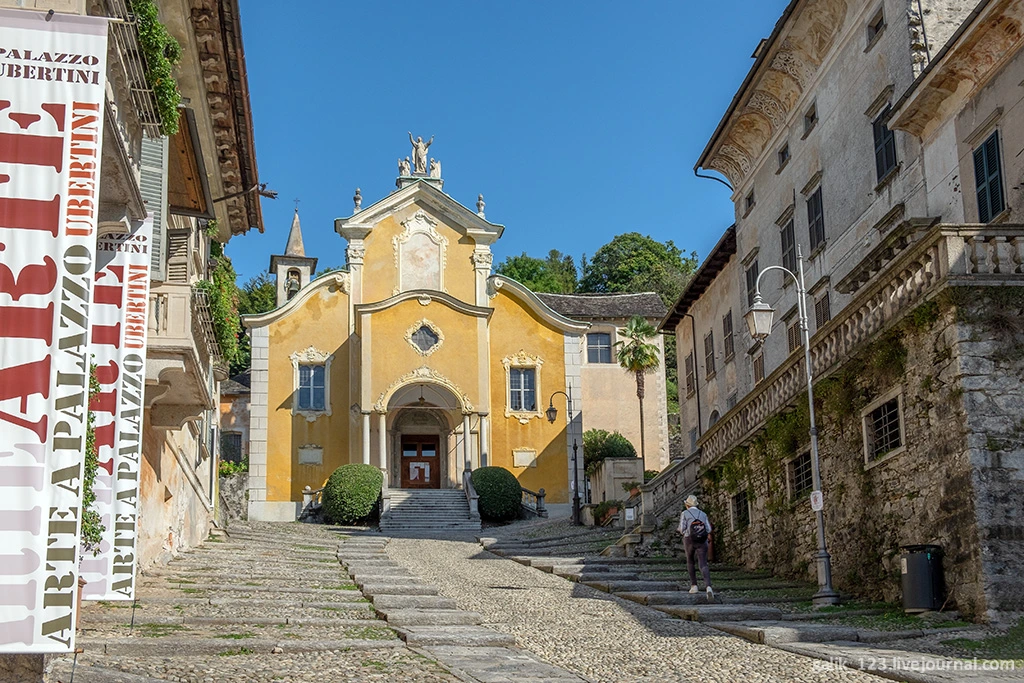
.17. The interior of the church is baroque, richly decorated with frescoes and paintings of the XVII century.
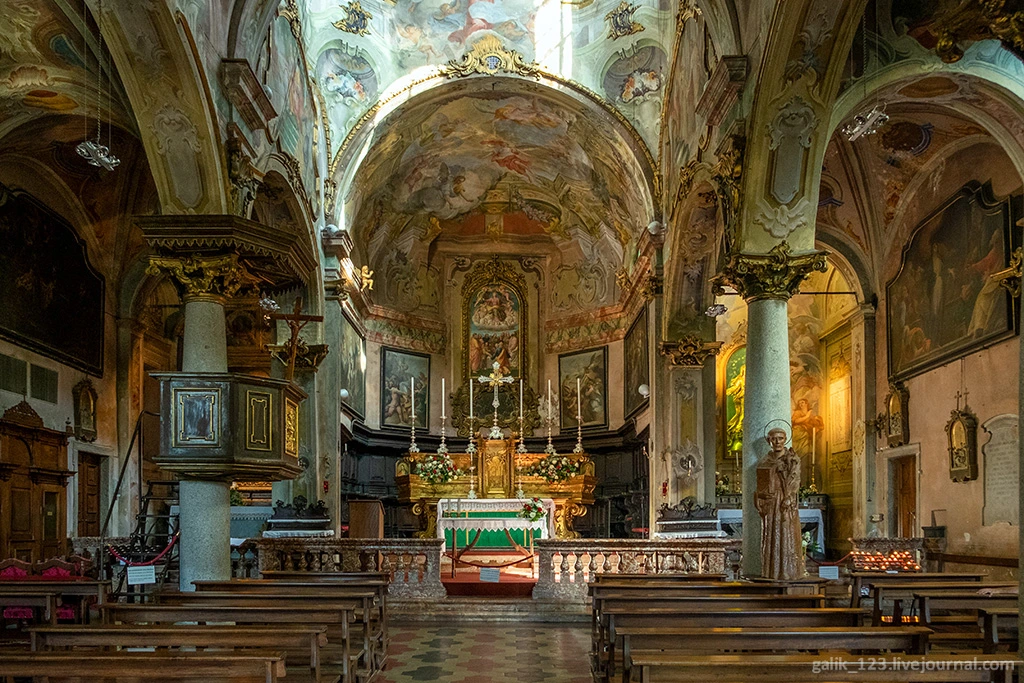
18. Along the narrow cobblestone streets are old buildings, on the walls of which frescoes have been preserved.
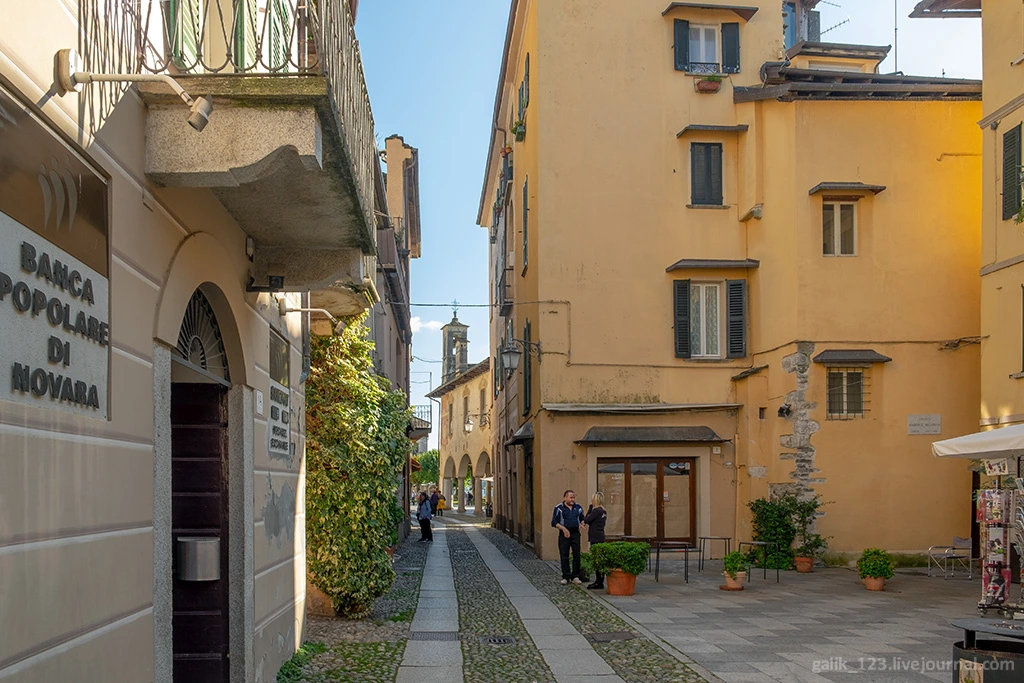
nineteen.
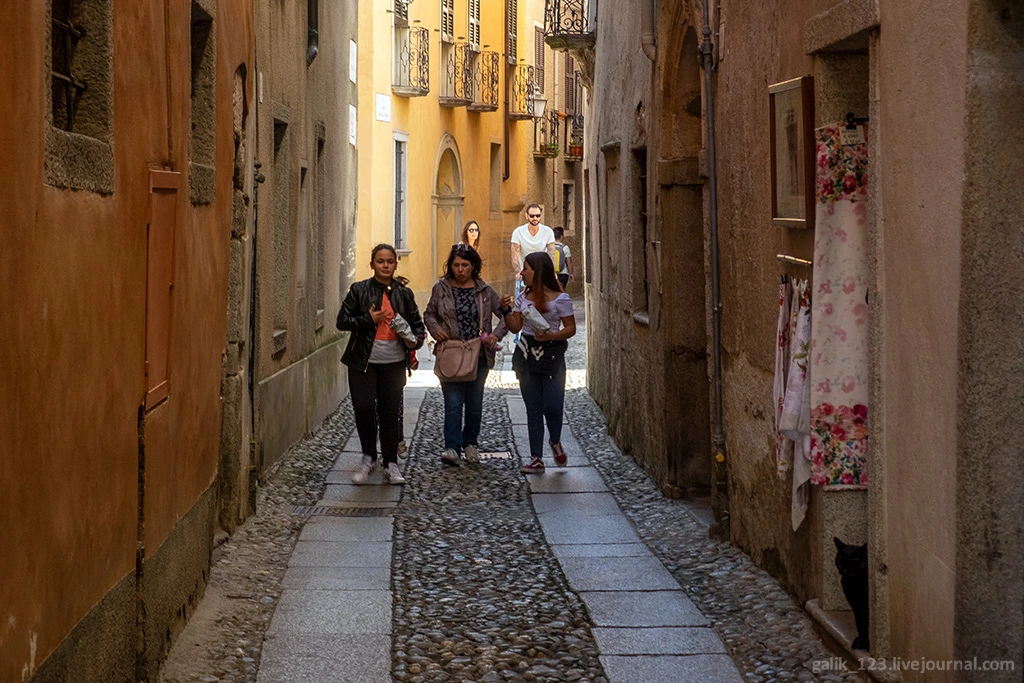
twenty.

21.
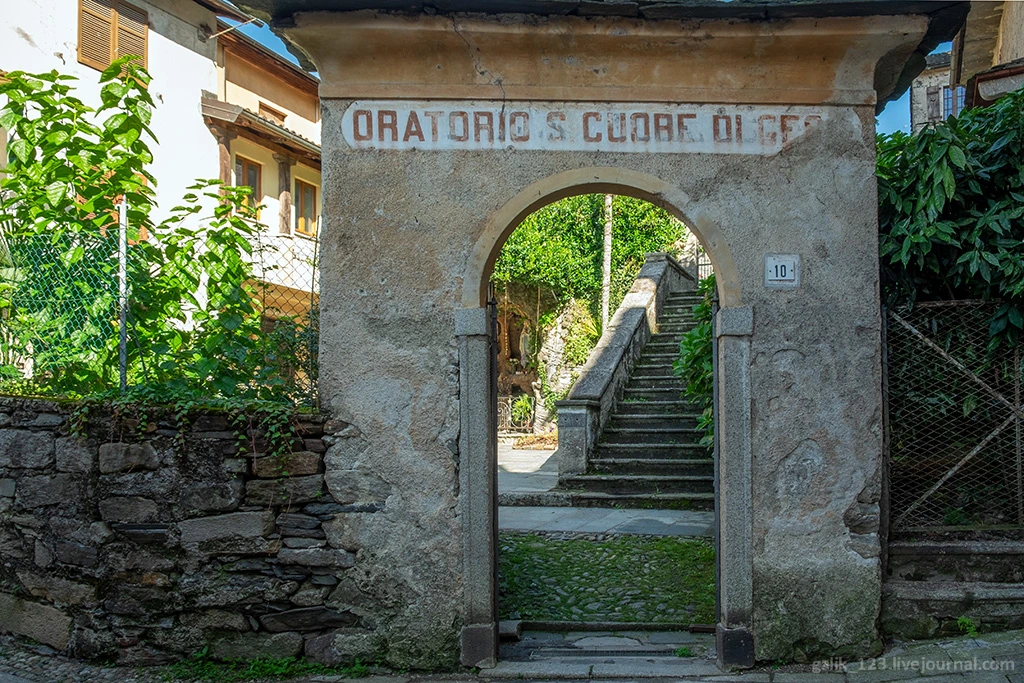
22.
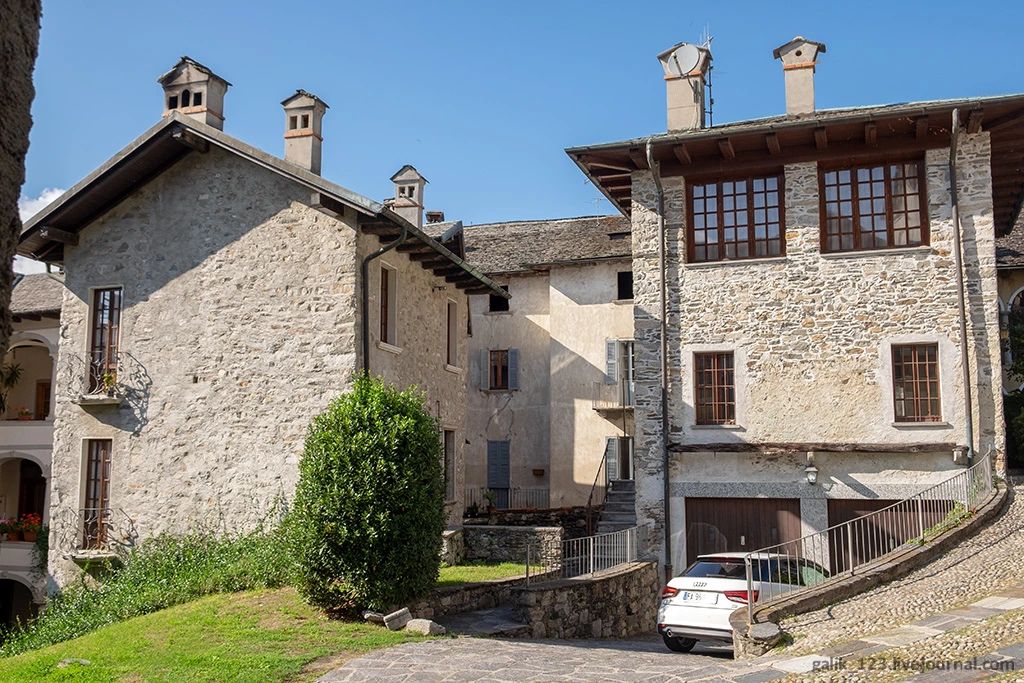
23. Behind the open door is another deserted church with a Baroque interior.
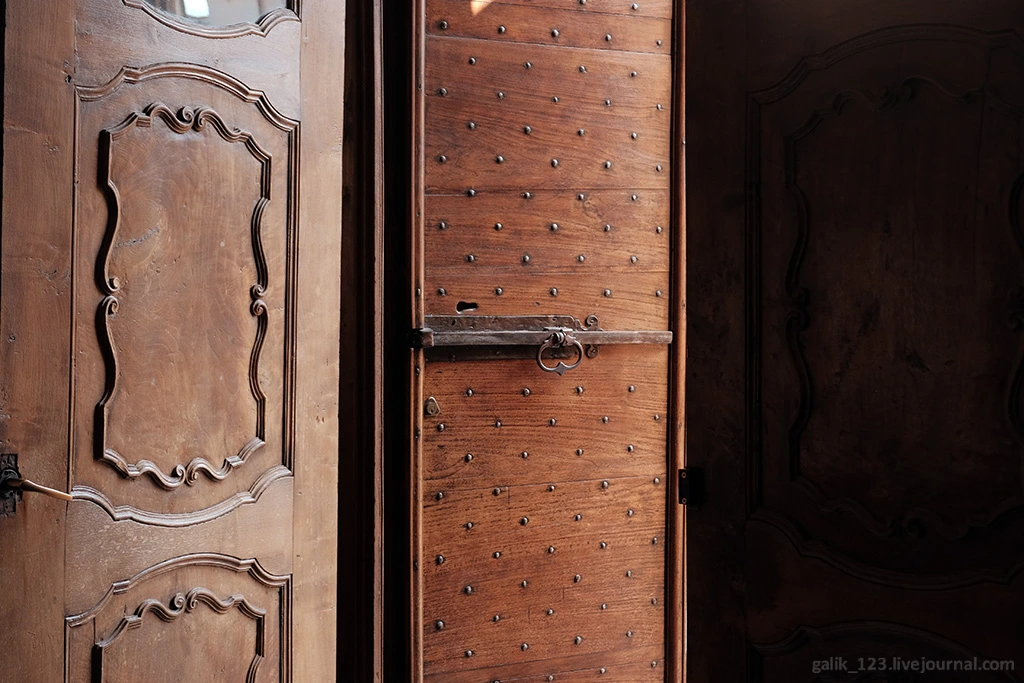
24.
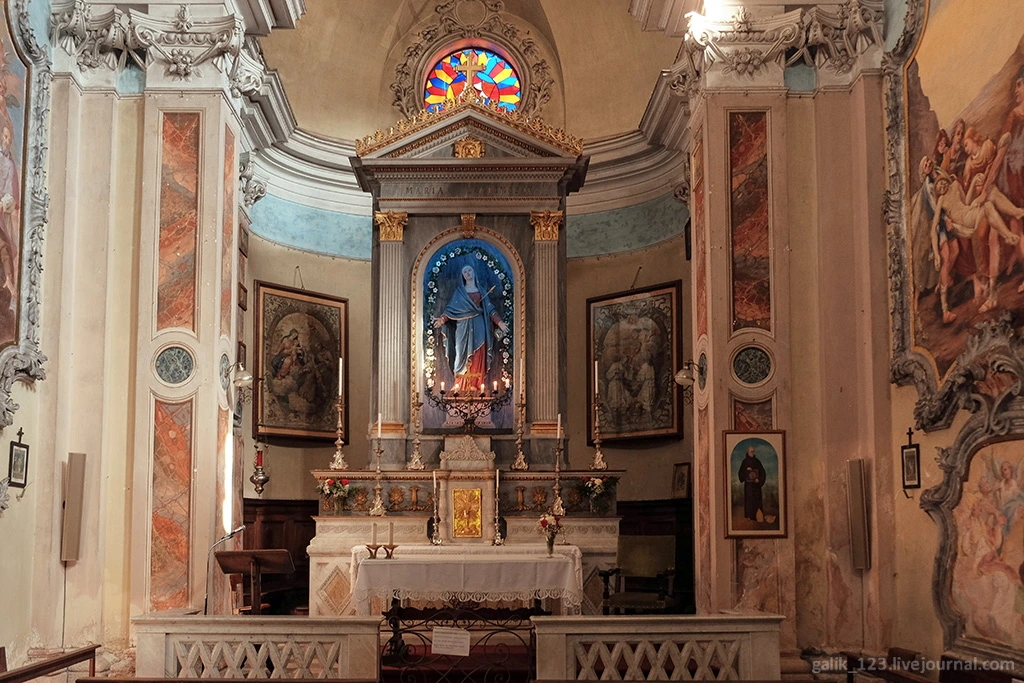
25. On the way, I met a very nice place with a garden and an original sculpture of the artist - Villa Bossi. The building is the municipality of the city, where all kinds of folk events are held, especially weddings.
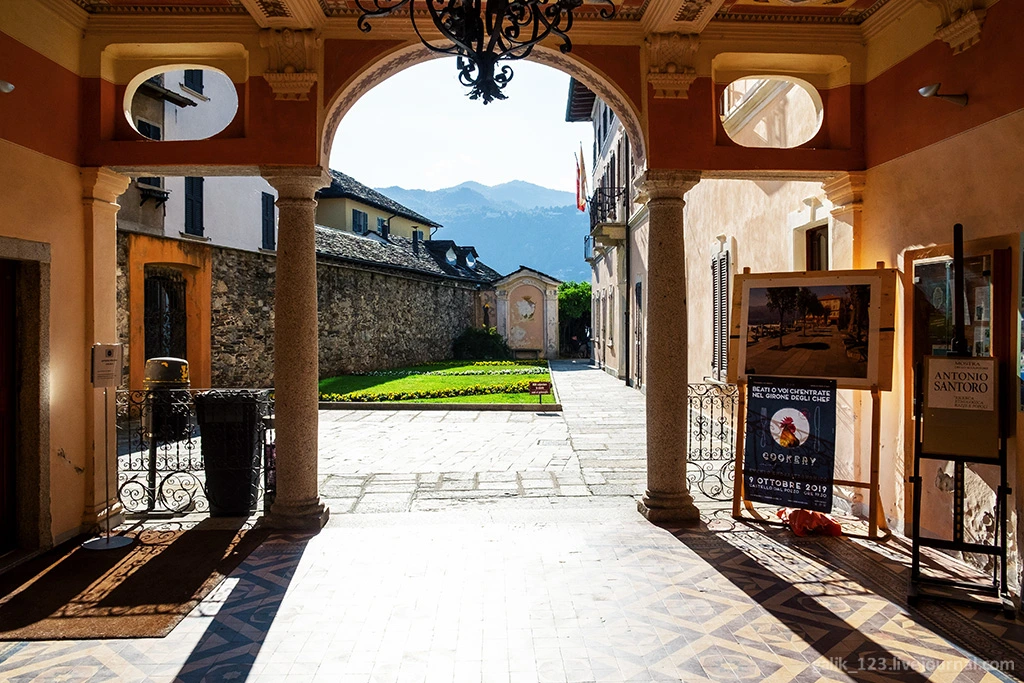
26.
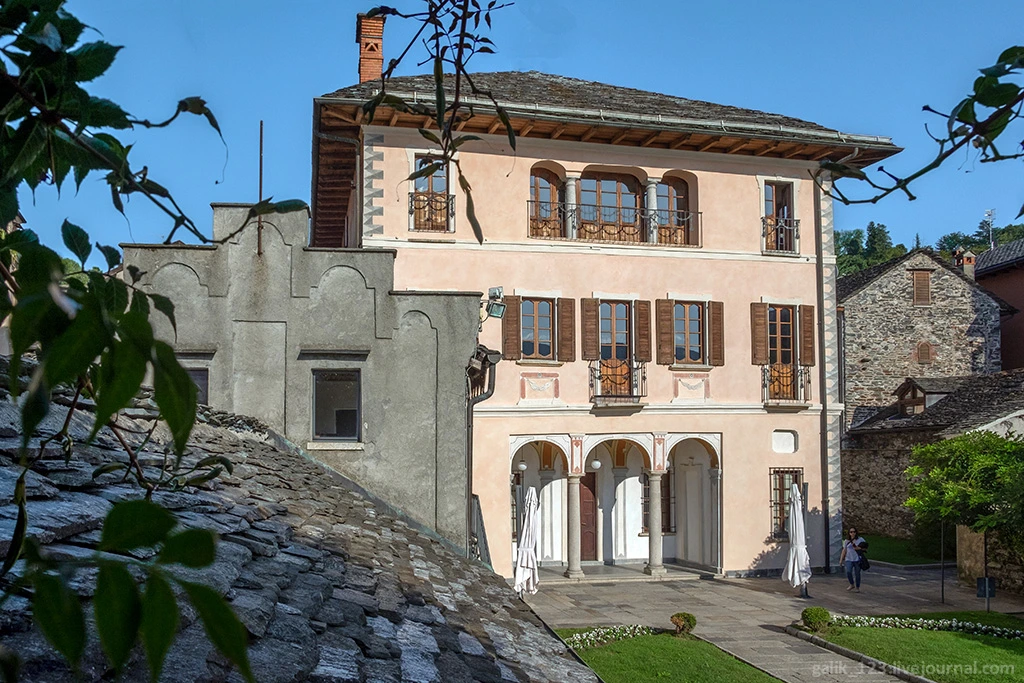
27.
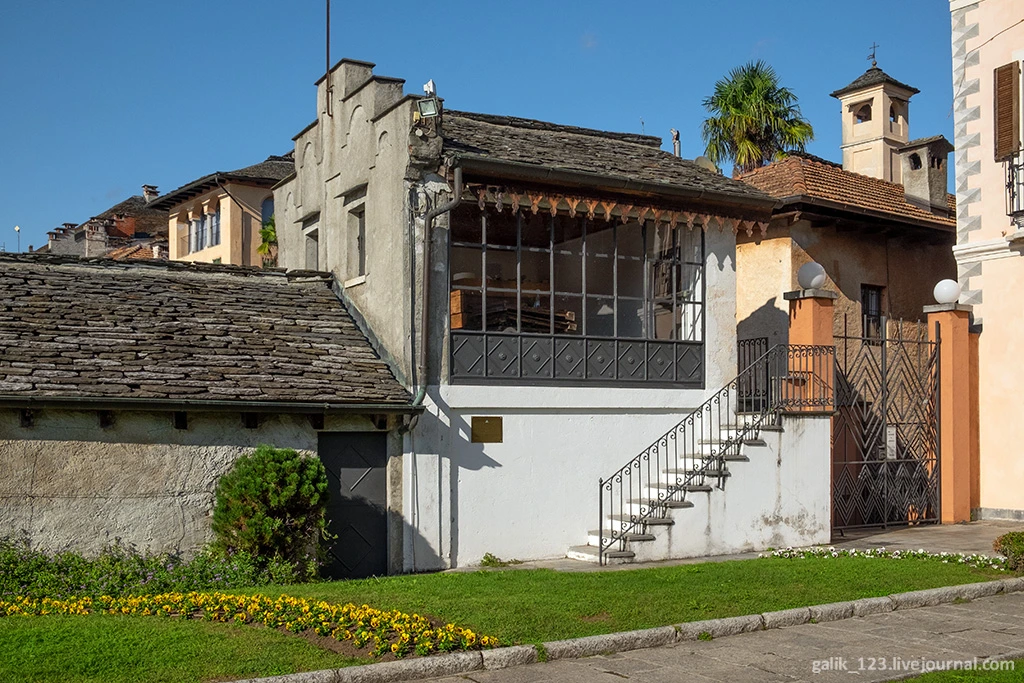
28. In this place newlyweds like to be photographed - against the background of the lake and next to the artist, here you can just relax.
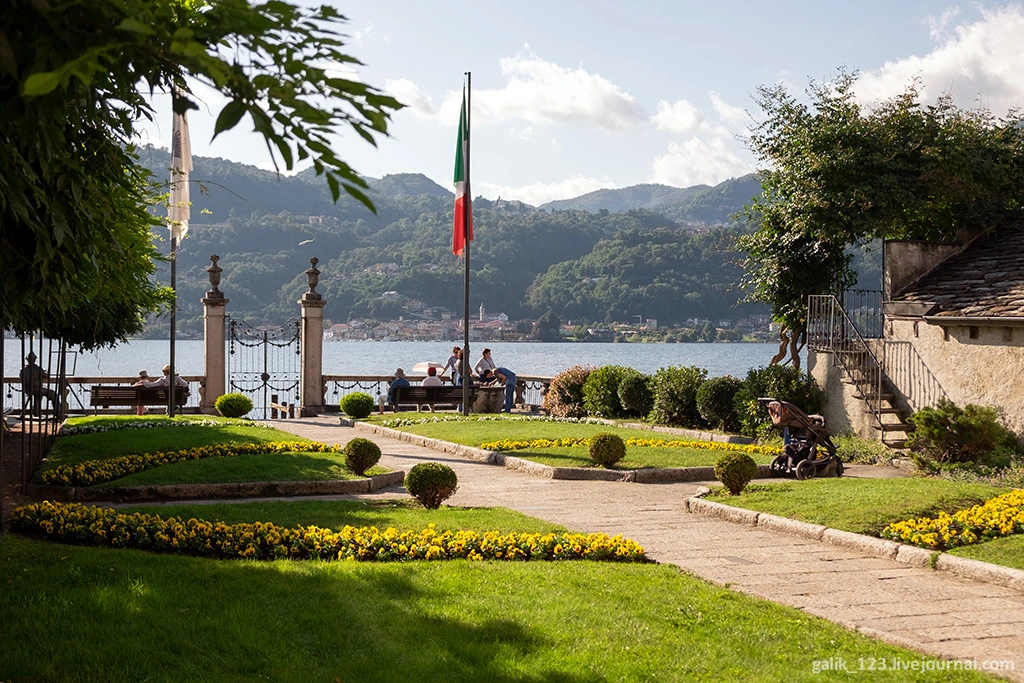
29.
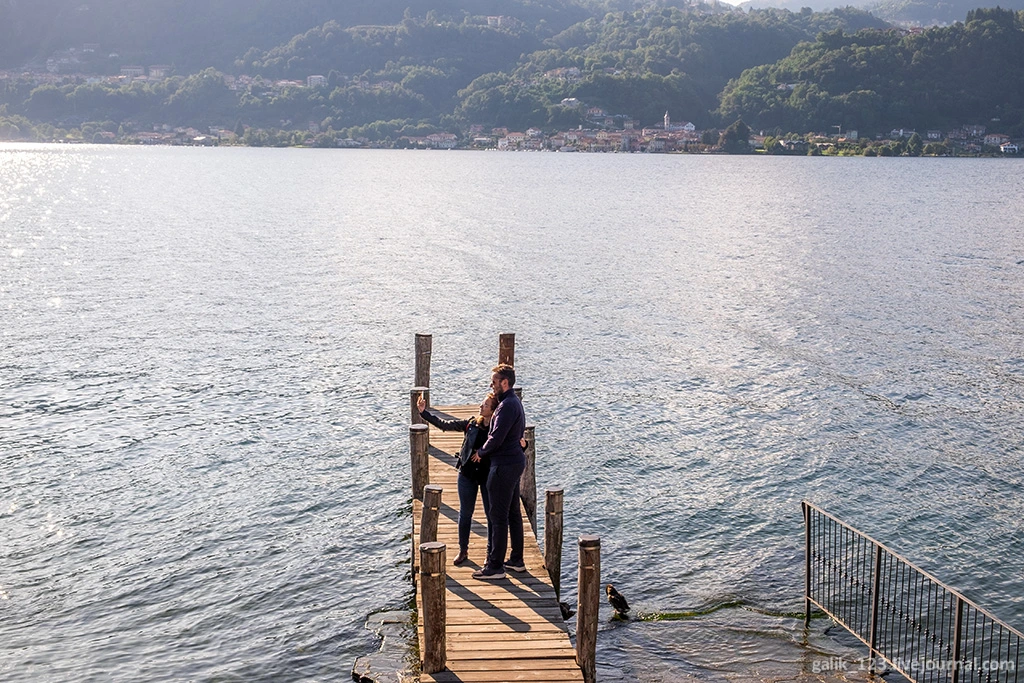
thirty.
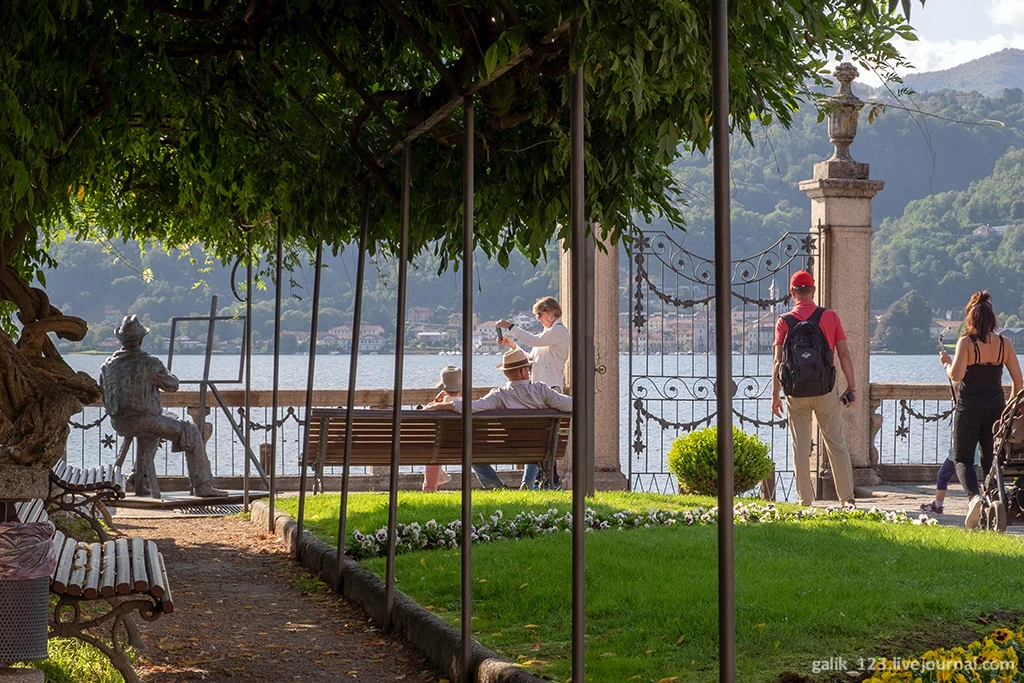
31.
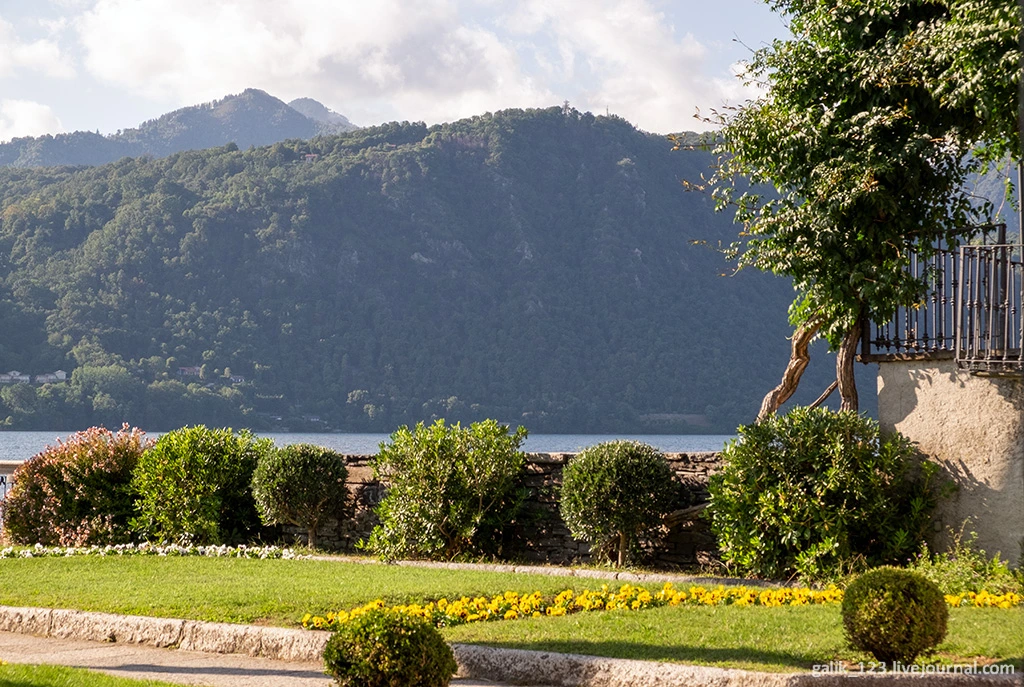
32.
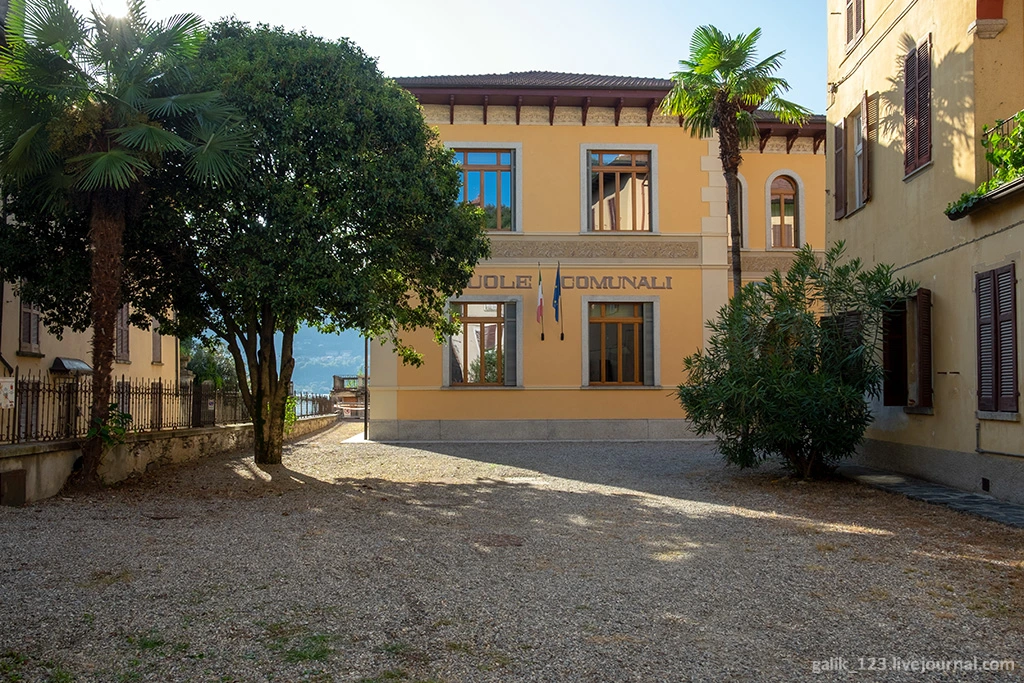
33. A small but rather popular restaurant has a Michelin star. On the roof there is an outdoor terrace with stunning views of the lake.
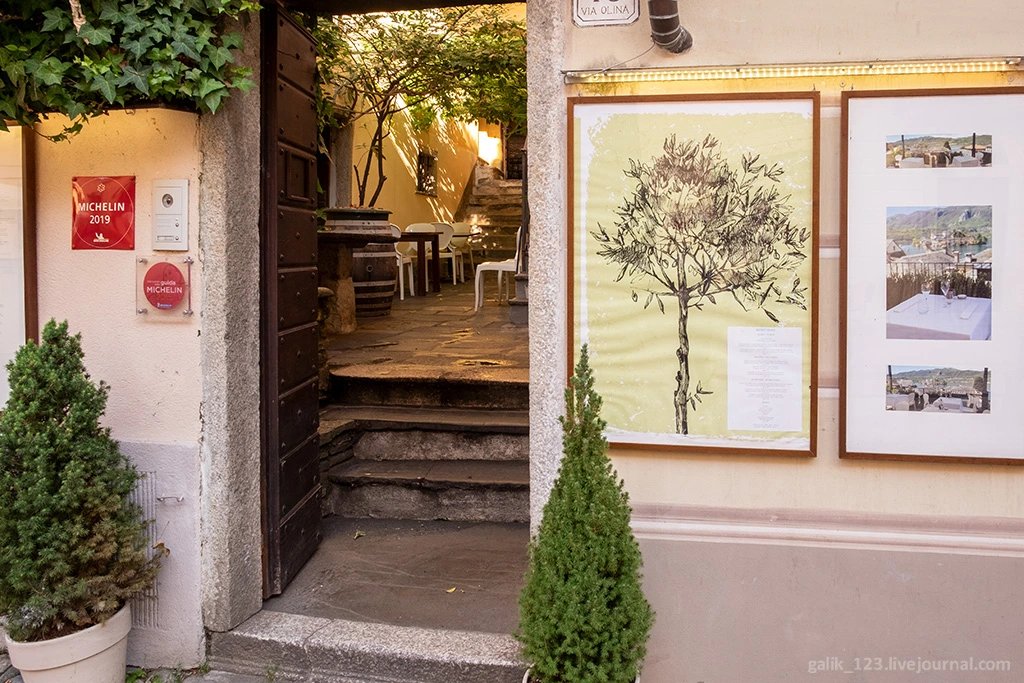
34. And this restaurant on the promenade is known for its original dishes from the chef.
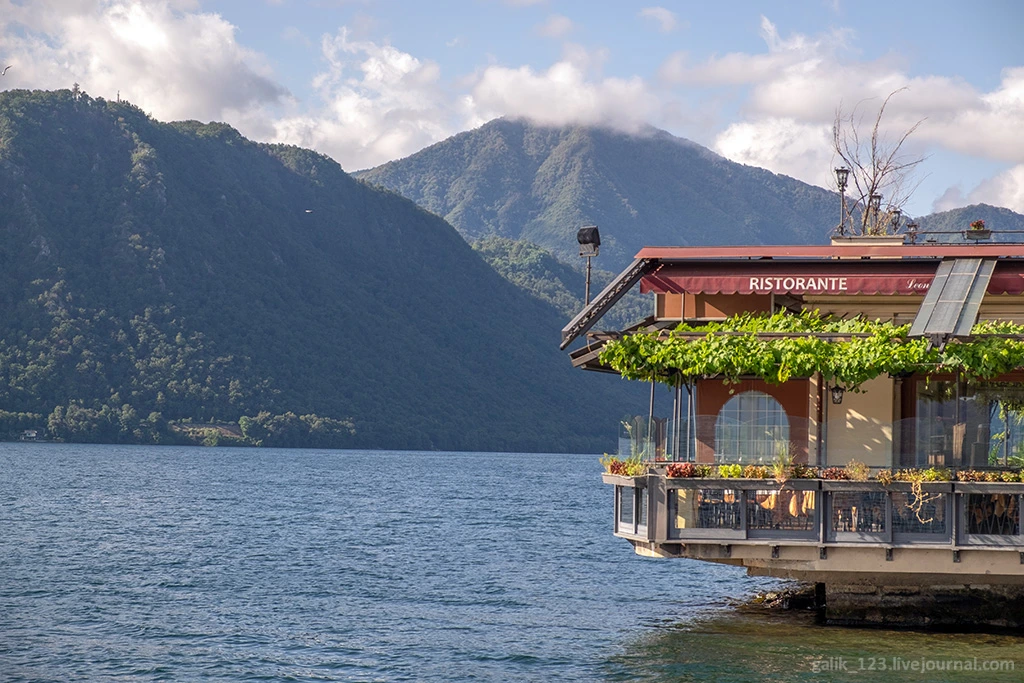
35. Well, now - two hours flew by as one instant, and it was time for us to return to the bus.
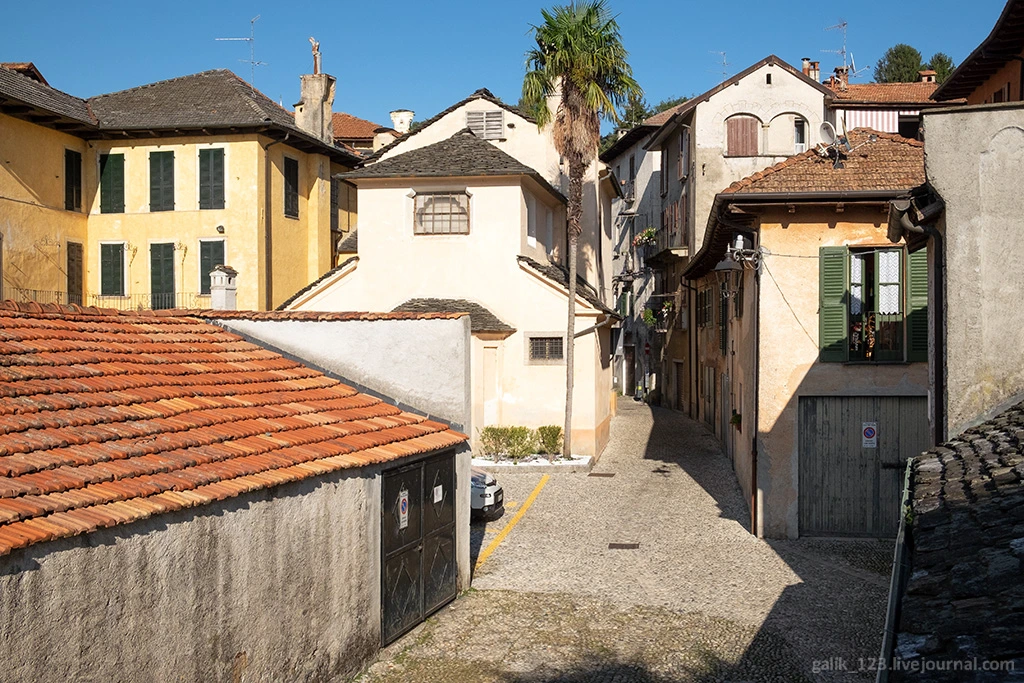
36. The island remained in dreams. What attracts travelers and romantics there? On the island of San Giulio there is a Benedictine monastery of the XIV century, where nuns live, having taken a vow of silence. The largest building on the island is the Romanesque church, which has the status of a small basilica. The church was built in the XII century on the model of the ancient Novara Cathedral, there are preserved frescoes and a unique Romanesque pulpit. The only narrow pedestrian street runs along the perimeter of the island and is called the Path of silence. You can get around the whole island in a couple of hours. For tourists are available - the Basilica and the Path of Silence.
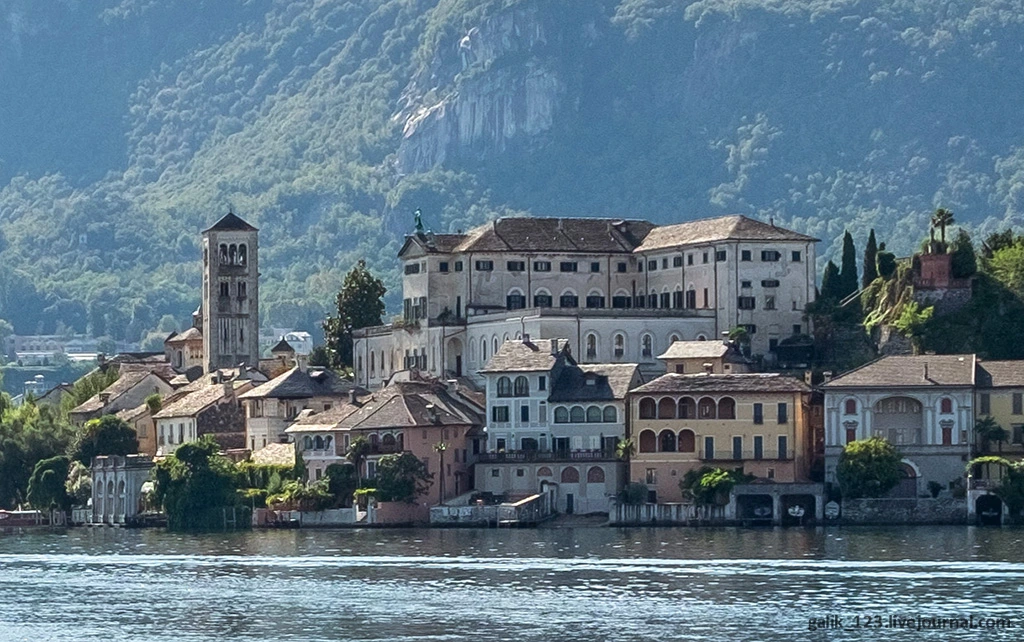
37. And more information for those who want to visit these parts: from the city of Horta or from the villa Crespi (in the summer on a tourist train) you can climb the Holy Mountain - a church ensemble dedicated to St. Francis of Assisi. The pilgrimage route runs along a scenic route with chapels built in the 16th-18th centuries, and ends with a temple and a viewing platform. In each chapel, frescoes and terracotta groups with scenes of the life of St. Francis. The concept of the Holy Mountains first appeared in Italy at the end of the 15th century as an alternative to the pilgrimage to the Holy Land, which fell under the rule of the Turks. The creation of places of worship in the mountains of Lombardy and Piedmont was actively promoted by Bishop of Milan Carlo Borromeo. The holy mountains of Northern Italy are included in the World Heritage List and are protected by UNESCO as the cultural heritage of mankind.
